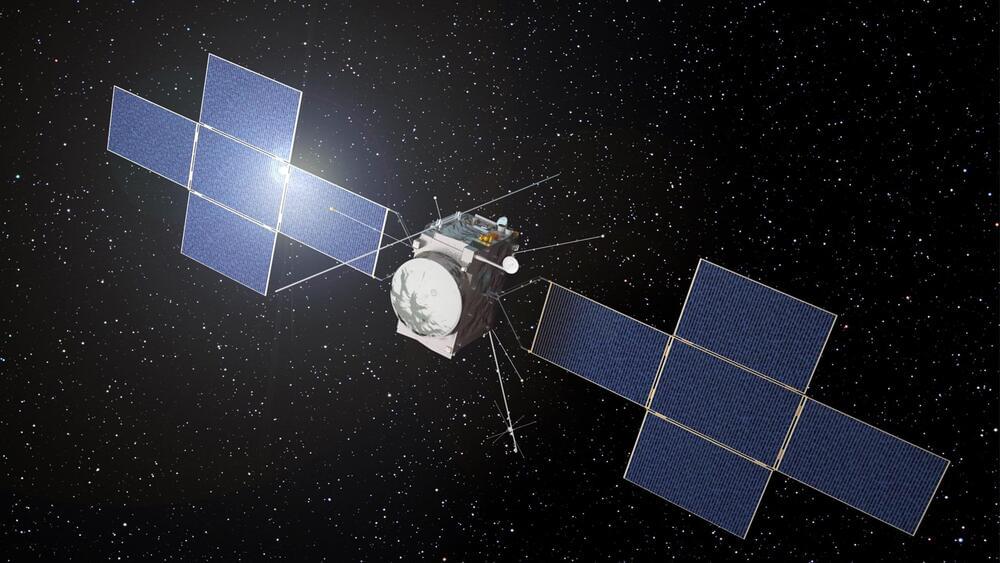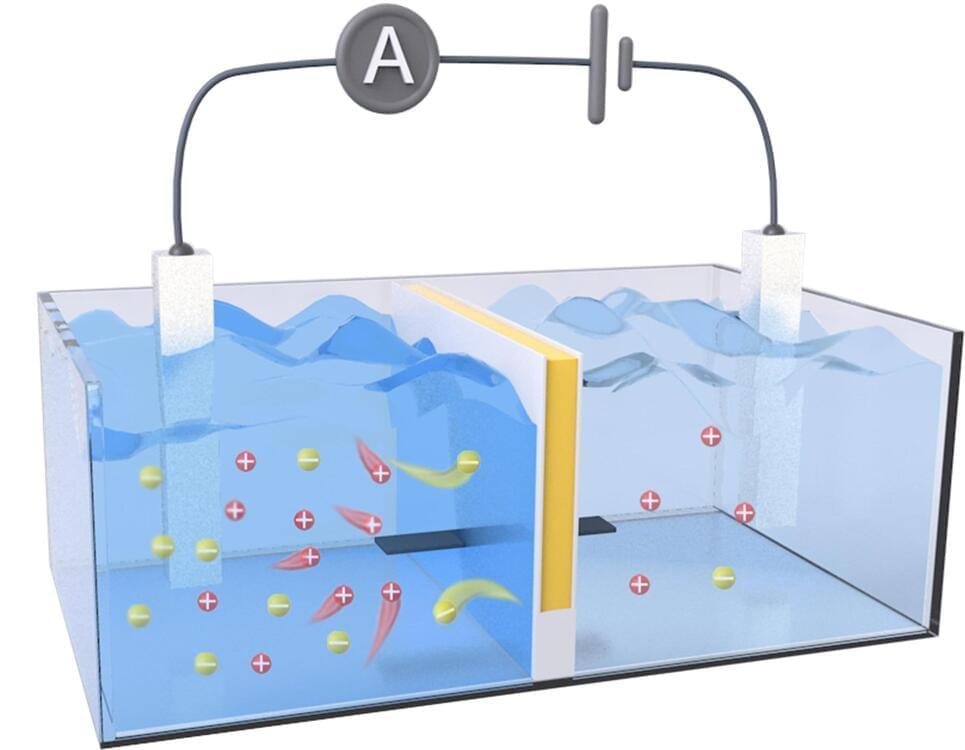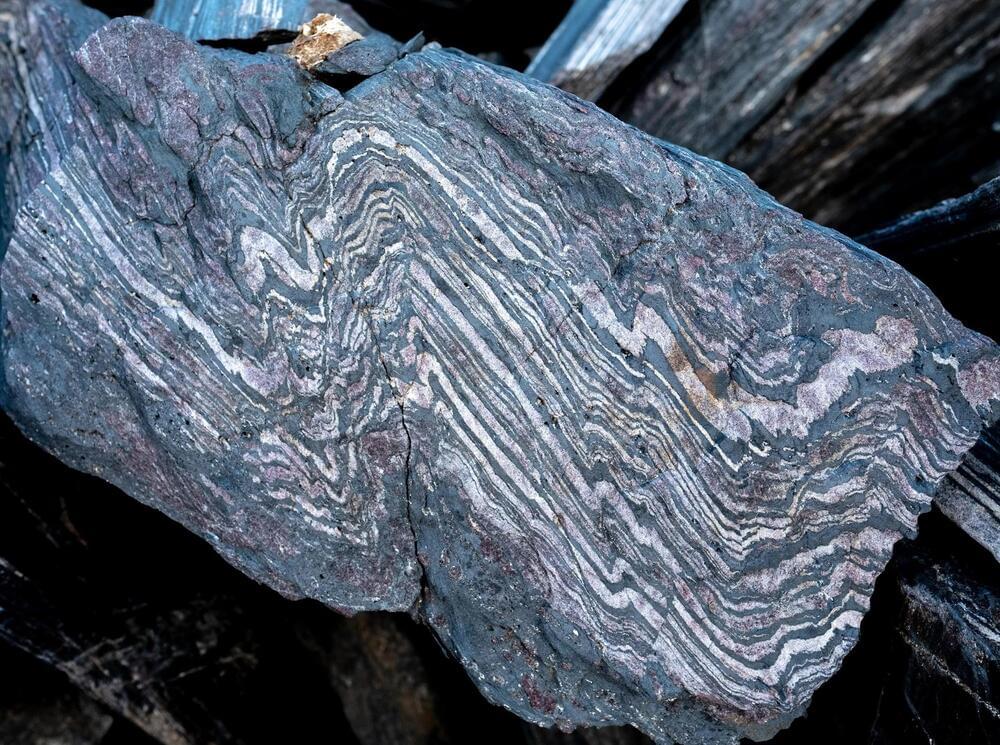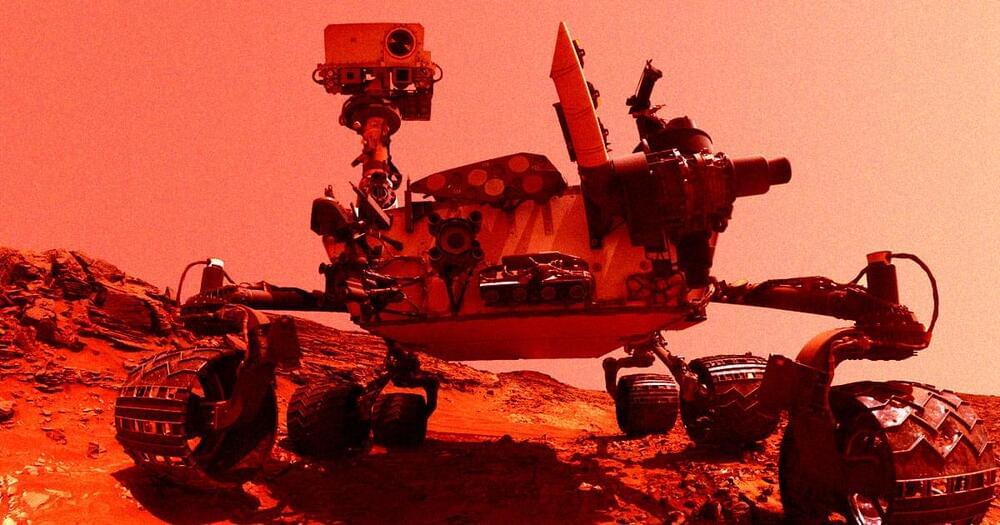Apr 25, 2024
Light stands still in a deformed crystal
Posted by Saúl Morales Rodriguéz in category: futurism
AMOLF researchers, in collaboration with Delft University of Technology, have succeeded in bringing light waves to a halt by deforming the two-dimensional photonic crystal that contains them. The researchers show that even a subtle deformation can have a substantial effect on photons in the crystal. This resembles the effect that a magnetic field has on electrons.
“This principle offers a new approach to slow down light fields and thereby enhance their strength. Realizing this on a chip is particularly important for many applications,” says AMOLF-group leader Ewold Verhagen.
The researchers have published their findings in the journal Nature Photonics. Simultaneously, a research team from Pennsylvania State University has published an article in the same journal about how they demonstrated—independently from the Dutch team—an identical effect.


















